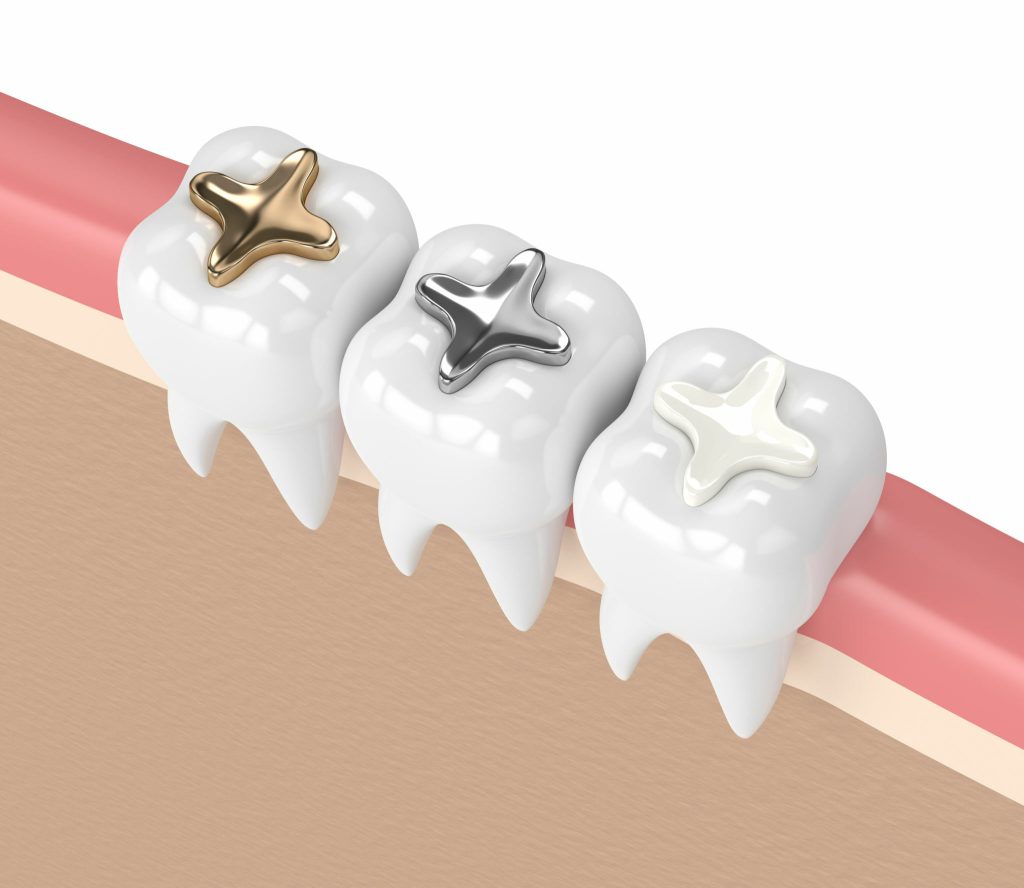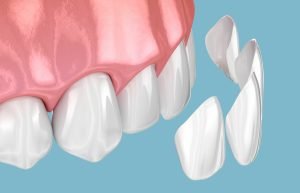Composite fillings are a common dental procedure used to treat cavities and restore teeth. If you’ve recently had a composite filling, you may be wondering when it’s safe to eat again without causing any damage or discomfort. This article will provide you with guidance on how long after a composite filling you can eat and what foods to avoid during the initial recovery period.
Introduction
Composite fillings, also known as tooth-colored fillings, are a popular choice for dental restoration due to their natural appearance and durability. After getting a composite filling, it’s essential to follow specific guidelines to ensure the filling sets correctly and provides long-lasting results. One of the common questions patients have is about eating after the procedure. In this article, we will discuss the timeline for eating after a composite filling and provide helpful tips to make the process as comfortable as possible.
The Immediate Aftermath
Immediately after getting a composite filling, your mouth may still be numb from the local anesthetic. It’s crucial to wait until the numbness wears off before attempting to eat or drink anything. Attempting to eat while still numb can result in accidentally biting your cheek or tongue, which can lead to injury.
1. Wait for Anesthesia to Wear Off
The first step to eating after a composite filling is to wait for the anesthesia to wear off completely. This can take a few hours, so be patient. Attempting to eat while your mouth is still numb can lead to accidental injuries, as you won’t have full control over your mouth and teeth.
2. Start with Soft Foods
Once the numbness has worn off, you can start with soft foods that require minimal chewing. This will help you avoid putting too much pressure on the filled tooth. Some suitable options include:
- Yogurt
- Pudding
- Applesauce
- Mashed potatoes
- Smoothies
3. Avoid Hot and Cold Foods
For the first few hours after the procedure, it’s best to avoid extremely hot or cold foods and beverages. Your teeth may be sensitive, and exposing them to extreme temperatures can cause discomfort. Stick to foods and drinks that are closer to room temperature during this time.
4. Be Cautious with Chewing
Even after the numbness has worn off, be cautious with chewing on the side of the mouth with the new filling. Try to favor the other side when eating to minimize pressure on the treated tooth. This will help protect the filling and reduce the risk of any complications.
5. Gradually Resume Normal Diet
As the days pass, you can gradually reintroduce your regular diet. Start by adding foods that require more chewing back into your meals. If you experience any pain, discomfort, or unusual sensations around the filled tooth, consult your dentist immediately.
6. Maintain Good Oral Hygiene
Proper oral hygiene is essential after getting a composite filling. Continue to brush and floss your teeth as usual, but be gentle around the filled tooth. Your dentist may also recommend fluoride toothpaste or mouthwash to strengthen the tooth’s enamel.
Conclusion
In summary, how long after a composite filling you can eat depends on the time it takes for the anesthesia to wear off and your comfort level. Starting with soft foods and avoiding extreme temperatures is a good practice in the immediate aftermath. Gradually reintroduce your regular diet as the days pass, but always be cautious and listen to your body. If you experience any persistent pain or discomfort, contact your dentist like GKDental Hawick NHS Family Dental Practice promptly to ensure the filling is functioning correctly. Following these guidelines and maintaining good oral hygiene will help you enjoy the benefits of a successful composite filling.





